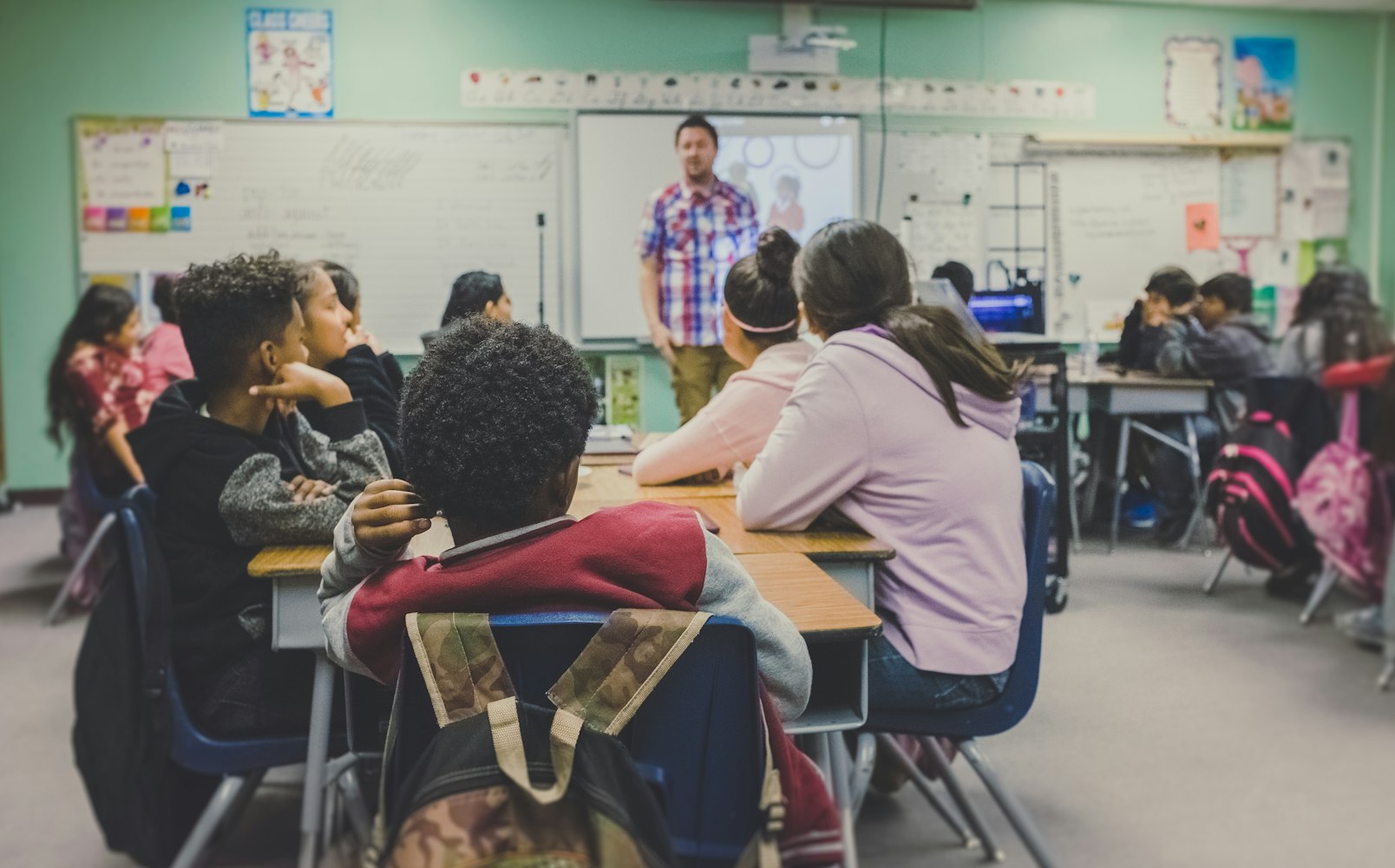Elizabeth M.

As I walked in a classroom as a teacher for the first time, I had preconceived ideas as to “how a teacher should talk.” To attain this speech goal, I made a priority of creating a distance between students and myself with the use of language. My relationship between class and speech shifted to a model that unconsciously, fit the idea of borrowed prestige. My language use was assessed by my teacher-mentor and my supervisor, which enhanced my linguistic insecurity. I was very self-conscious of how my accent, expressions, and vocabulary were perceived by students, teachers, and my supervisor. I wanted to live up to my expectations of the teaching profession; thus, used more “standard”, informal to formal language to reach this goal. Little did my students know, I not only understood their language use, but used similar slang terms with friends outside of the classroom. This allowed me to make meaningful connections and generally add to their discussions in class. That is until last year. For the first time, I was unintentionally eavesdropping on a conversation between students and could not understand nor relate to what they were saying. I am on most social media apps, so I was perplexed by the idea that I was possibly already out of the loop. I texted my colleagues to see if this was happening to them as well. Their reply was: It’s a TikTok thing!
As social media platforms gain more and more followers, the effects of media on language change may increase accordingly. There are 3.80 billion social media users in the world, and this number is only growing. The considerable growth of social media is an example of how rapidly social behaviours, and along similar lines, how language is changing. The average person will spend more than 100 days online this year. This sheds light on the significant amount of time that is spent online and how our use of language may shift, change, and develop on these platforms. On a daily basis, an average of 3 hours is spent on social networks and messaging. We communicate differently online than we do in face-to-face interactions; thus, creating new language forms and new ways of expressing meaning. All of these statistics and statements, overwhelming as they may be, indicate a strong growth in social media use and illustrate new avenues for development related to language change.

As we can see in the chart, younger generations use social media more than older generations. Gen Z is not in this chart, but one can only imagine their use of certain social media platforms, as they are the first group in history that has not known a world without internet. Gen Z spends significantly more time on apps like Instagram, Snapchat, and TikTok than other generations. Language references like hashtag, DMs, grammable, selfie, GIF, unfriend, and photobomb emerged from the internet. Why is this important in the field of education and language teaching and learning? Understanding students and their multiple realities is crucial for teachers to be able to connect and relate to students on a deeper, more significant level. It may be valuable to examine to which extent these online communication platforms influence language change. My feeling is, although language of the mass media doesn’t often generate significant language change, online language use and its rapid growth may have more long-lasting impacts on language. As social media is becoming increasingly widespread on a global scale, the impacts generated in and through these platforms may affect all spheres of life. Social media is changing the ways in which people communicate and, as a teacher, I am looking forward to seeing these changes in the classroom and asking my fellow colleagues: “Ok, which social media app do I have to download now?”
References
Kemp. S. (2020). Digital trends 2020: Every single stat you need to know about the internet. TNW. Retrieved from https://thenextweb.com/growth-quarters/2020/01/30/digital-trends-2020-every-single-stat-you-need-to-know-about-the-internet/
Mohsin, M. (2020). 10 Social Media Statistics you need to know in 2020. Oberlo. Retrieved from https://www.oberlo.com/blog/social-media-marketing-statistics
Van Herk, G.(2018). What is sociolinguistics? (2nd ed.). Hoboken, NJ: Wiley Blackwell.







